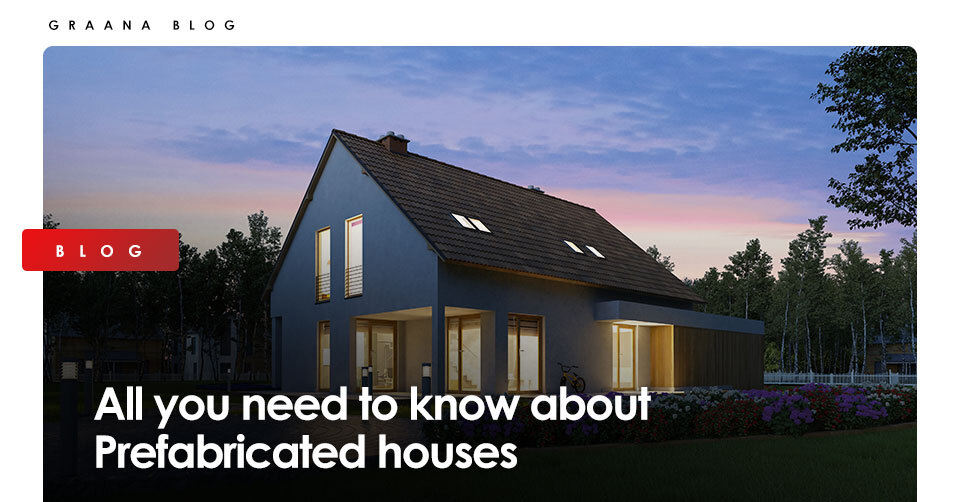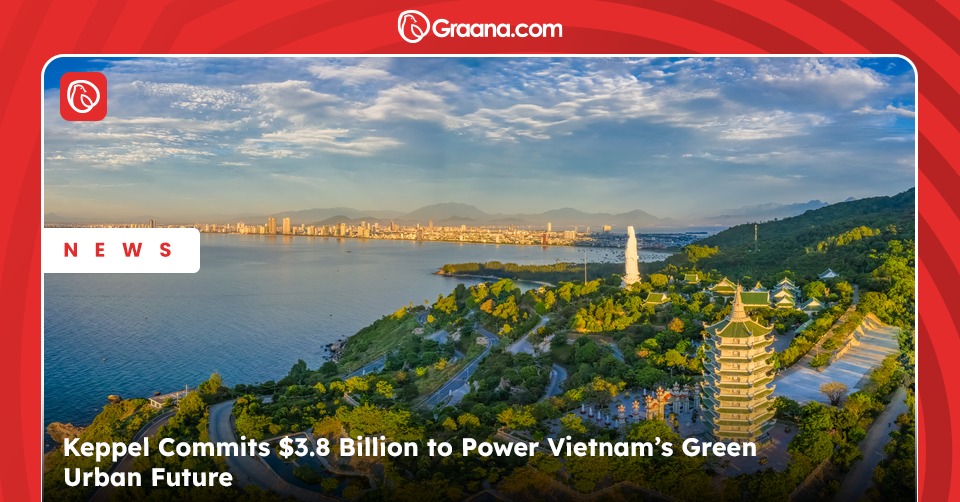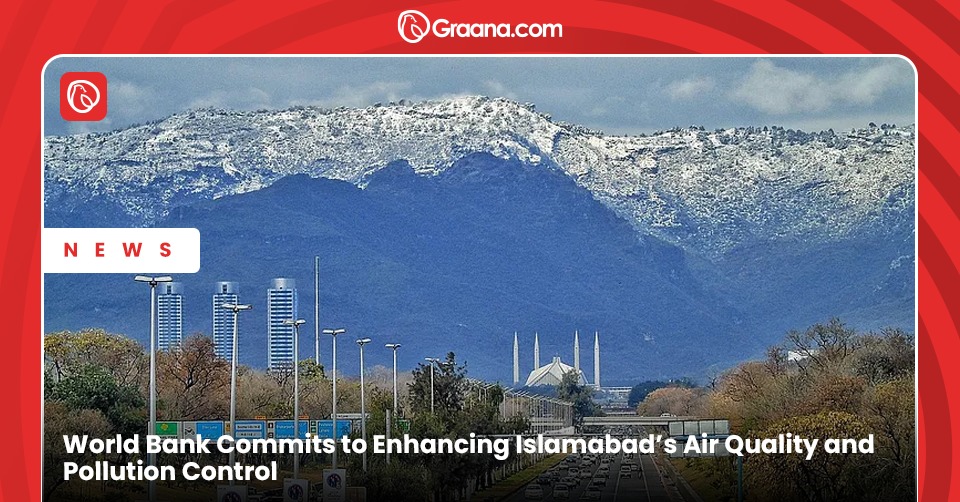Over the last few years, the term ‘prefabrication’ has become a buzz in the building industry. There are several compelling reasons for this, as Graana.com will explain.
If you’re wondering whether jumping on the bandwagon is a good idea, the quick answer is yes. Job Sites are generally crowded, busy, and located in dense urban environs or sparse, pristine rural locations, making travel difficult. Getting materials and machinery into building projects can be difficult, increasing prices and delaying deadlines. Prefabrication is one possible–and promising–method of lowering construction costs and speeding up the construction process.
Let’s dive into the concept of Prefabricated houses in Pakistan.
What is Prefabrication?
The act of constructing buildings or their components in a different site, presumably one better suited to construction, is known as prefabrication. When the structures are finished, construction companies move them to the final location, where they complete the setup and hand them over to their new owners. The act of constructing buildings or their components in a different site, presumably one better suited to construction, is known as prefabrication. To summarise, prefabrication is a method in which structures are built offsite but assembled on-site. It’s most commonly employed in construction and civil engineering when prefabricated concrete and steel parts are used repeatedly throughout the construction design.
Benefits of Prefabricated houses
Prefabrication indeed limits the flexibility of a building’s final design. However, if carried out effectively, it can significantly affect the profitability of businesses, suppliers, and all stakeholders. Graana.com has compiled a list of benefits:
-
Lesser Cost
Prefabricated houses can be manufactured for half the cost of site-made buildings of comparable size. Because they are designed in a centralised, regulated indoor environment, these homes are more energy-efficient. They are not affected by weather delays or cost overruns due to rain, snow, or wind construction.
The labour cost component of prefabricated houses accounts for 8 to 12 per cent of the entire house construction cost, whereas the labour cost of site-built homes accounts for 40 to 60% of the total cost. These labour cost reductions can add up quickly, especially in a city where labour is expensive and scarce.
Moving partial assemblies from a facility is usually less expensive than transporting pre-production supplies to each location. Furthermore, when worker productivity increases, staff costs decrease.
-
Saving Time
Prefabricated houses have shorter production cycles. From start to completion, a site-built home takes more than three months typically. It takes a month or less on on-site work, production, and set-up for a modular or manufactured home. Of course, the complexity of the multi-section units determines this.
Shorter production cycles can save money on construction loan interest while allowing buyers to move into their new houses sooner. A modular structure can be built up to 50% faster than traditional construction, making the process swift and easy from conception to completion, leading to a quick return on investment.
This is especially true for large civil projects that are affected by the weather. When you’re racing against the clock during a monsoon season, time is of the essence, and prefabrication can help you stick to your schedule.
-
Labour
Contractors face trouble getting labour, but the construction must proceed. On-site construction, when done in pieces, diminishes labour productivity even further. Prefabrication helps shorten project timeframes, maximise on-site labour, increase productivity, and compete in the marketplace.
-
Waste reduction
Construction waste disposal costs are also significantly reduced. The majority of waste generated by prefabricated homes is recycled or disposed of at the factory. The cost of disposal in cities might be extremely high. Factory-built housing also saves time and money by eliminating the need to replace defective components like warped studs and damaged boards.
-
Quality assurance and safety concerns
Depending on the geographic region in which they are sold, the prefab homes are engineered for wind safety and energy efficiency. Factory tools can provide enhanced quality assurance when compared to on-site construction. Furthermore, factories’ stable interior settings reduce most weather’s effects on output, while streamlined manufacturing and assembly processes increase overall job site safety.
By minimising the length of time a construction site is open to damage or theft, you are also reducing the amount of time that site is exposed to vandalism or theft. The building itself goes up faster because prefab, modular, or manufactured elements arrive in much greater pieces, and you can secure it that much sooner.
-
Environmental impact
Construction of pieces offsite results in reduced pollution and environmental disturbance of job sites. The controlled environment of prefabricated construction modular saves water and encourages recycling of waste materials. It protects nearby water bodies or protected areas and minimises disruption of local flora and fauna. Plus, with less on-site traffic and streamlined transportation, fossil fuel consumption plummets.
Today, these advantages are generating a lot of interest in prefabrication to streamline construction and save money. Stakeholders, contractors, managers, and workers have more flexible work schedules and needs, encouraging more creativity and innovation. Whether prefabrication is used for a small part of a new project or the entire process, the advantages are indisputable. We should expect to see even greater productivity and cost savings if builders combine this developing technique with new and innovative methods in the future. For the time being, it’s time to board the train before you’re left behind.




